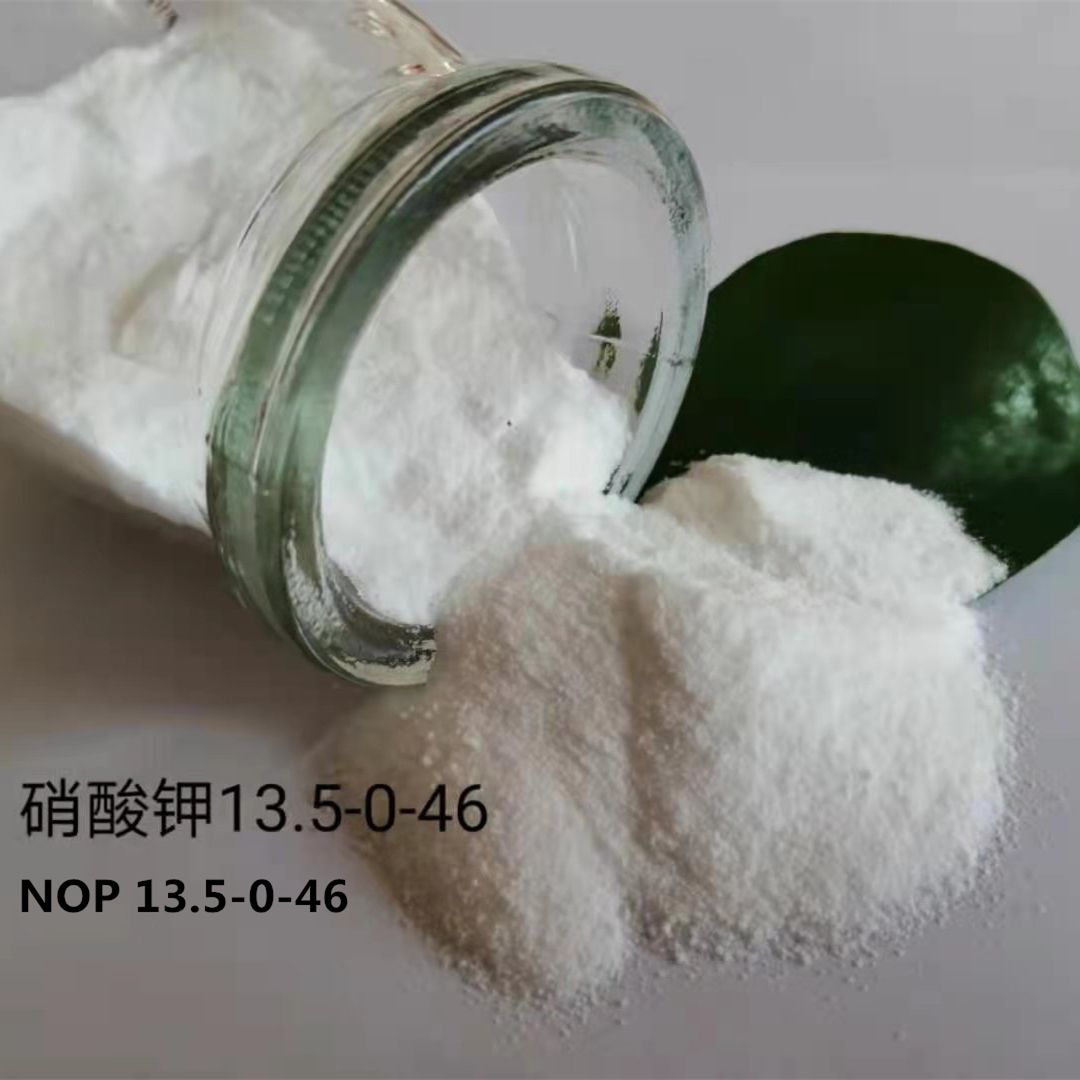
10月 . 21, 2024 13:03 Back to list
NPK Fertilizer Analysis for Optimal Plant Growth and Nutrient Balance
Understanding NPK Fertilizers The Significance of 13-13-20 Ratios
In the realm of agriculture and horticulture, the application of fertilizers is a crucial practice to enhance plant growth and increase yields. Among the various types of fertilizers available, NPK fertilizers are the most popular. NPK typically stands for Nitrogen (N), Phosphorus (P), and Potassium (K), which are essential nutrients for plant development. This article delves into the significance of the NPK ratio of 13-13-20, examining its components and applications in cultivating robust plants.
Breaking Down the NPK Ratio
The numbers in an NPK ratio indicate the percentage by weight of nitrogen, phosphorus, and potassium present in the fertilizer. For the 13-13-20 ratio
- Nitrogen (N) – 13% Nitrogen is a vital nutrient that promotes leafy growth and overall plant vigor. With 13% nitrogen in this ratio, it supports the development of lush foliage and enhances protein synthesis, which is critical for cell development and growth. - Phosphorus (P) – 13% Phosphorus plays an essential role in energy transfer and photosynthesis. It is crucial for root development and flowering, leading to improved fruit and seed production. The 13% phosphorus in this fertilizer aids in establishing a strong root system, which is vital for nutrient and water uptake.
- Potassium (K) – 20% Potassium is essential for the overall functioning of a plant’s physiological processes. It helps in regulating various functions, including water uptake, enzyme activation, and the synthesis of carbohydrates. With the highest percentage at 20%, potassium in this fertilizer enhances drought resistance and improves fruit quality.
Benefits of Using 13-13-20 NPK Fertilizers
1. Balanced Growth The balanced ratio of the NPK fertilizer ensures comprehensive nourishment for plants. The equal distribution of nitrogen and phosphorus, combined with a higher concentration of potassium, promotes both vegetative growth and flowering, making it suitable for a variety of crops.
2. Improved Root Development The phosphorus content is particularly beneficial during the early stages of plant growth, as it supports root establishment. Strong roots lead to better water and nutrient absorption, which is essential for the healthy development of plants.
3. Enhanced Fruit and Flower Production For flowering plants and fruit-bearing crops, the increased potassium level is critical. Potassium aids in flower production and fruit set, ensuring higher yields and improving the quality of the produce.
npk 13 13 20

4. Drought Resistance The potassium content helps plants manage water efficiently. It aids in developing thick cell walls and improves the plant's ability to withstand drought conditions, making the 13-13-20 fertilizer an excellent choice for regions prone to water scarcity.
5. Versatility This NPK ratio is suitable for a wide range of crops, including vegetables, fruits, ornamentals, and even turfgrass, making it a versatile option for farmers and gardeners alike.
Application Guidelines
Applying 13-13-20 NPK fertilizer requires careful consideration of various factors
- Soil Testing Before application, it’s advisable to conduct a soil test to identify existing nutrient levels. This helps tailor the fertilizer application to meet specific plant needs.
- Timing Timing is crucial when applying this fertilizer. Early spring or before planting is an ideal time for application, as it gives plants access to nutrients right at the beginning of their growth cycle.
- Method of Application Fertilizer can be applied directly to the soil, broadcasted over the ground, or mixed into potting mixes for container gardening. Following the recommended application rates is crucial to avoid nutrient burn or deficiency.
Conclusion
The 13-13-20 NPK fertilizer is a powerful tool in the cultivation of healthy, productive plants. By understanding its components and benefits, growers can make informed decisions that lead to improved plant health and increased yields. Whether in large-scale agriculture or backyard gardening, this balanced fertilizer ratio stands out as a vital resource for nurturing the best possible crops.
-
10 10 10 Fertilizer Organic—Balanced NPK for All Plants
NewsJul.30,2025
-
Premium 10 10 10 Fertilizer Organic for Balanced Plant Growth
NewsJul.29,2025
-
Premium 10 10 10 Fertilizer Organic for Balanced Plant Growth
NewsJul.29,2025
-
Premium 10 10 10 Fertilizer Organic for Balanced Plant Growth
NewsJul.29,2025
-
50 Pound Bags of 13-13-13 Fertilizer for All Plants – Bulk & Organic Options
NewsJul.28,2025
-
High-Efficiency 15-30-15 Granular Fertilizer for Healthy Crops
NewsJul.28,2025
